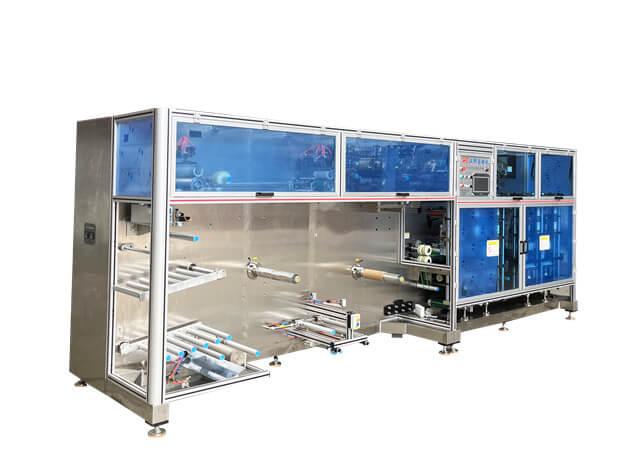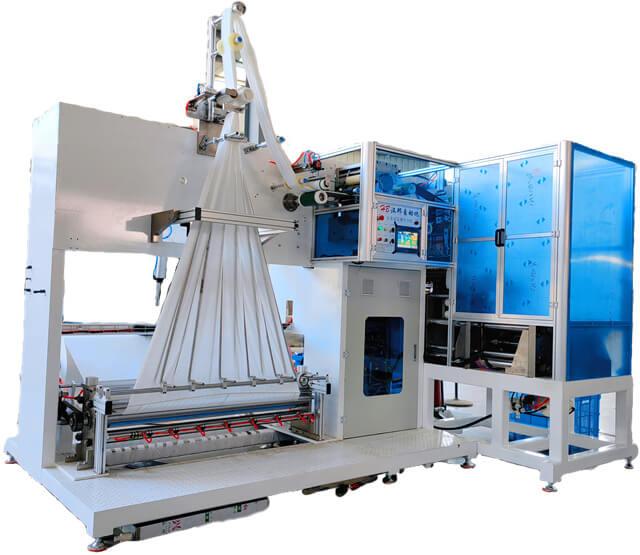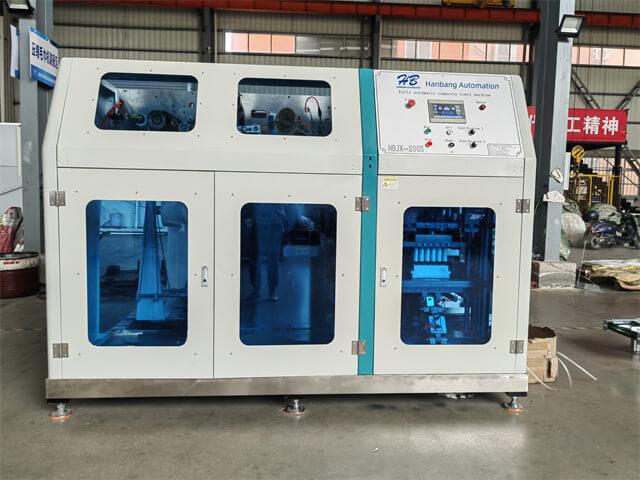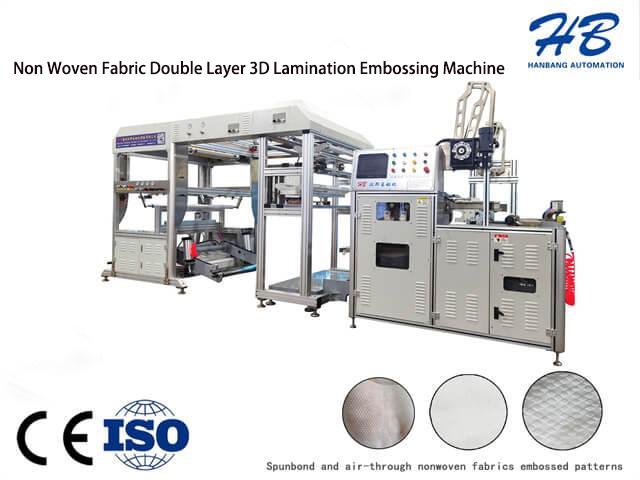Author:HB Nonwoven MachineryFROM:Compressed Towel Machine Manufacturer TIME:2023-11-27
Today, the non-woven lamination embossing machine plays a crucial role in the maintenance and care of the diaper and sanitary napkin industry. This machine is responsible for providing the necessary texture and lamination to these products, ensuring their durability and functionality. In this article, we will explore the various aspects of maintenance and care required for the non-woven lamination embossing machine.
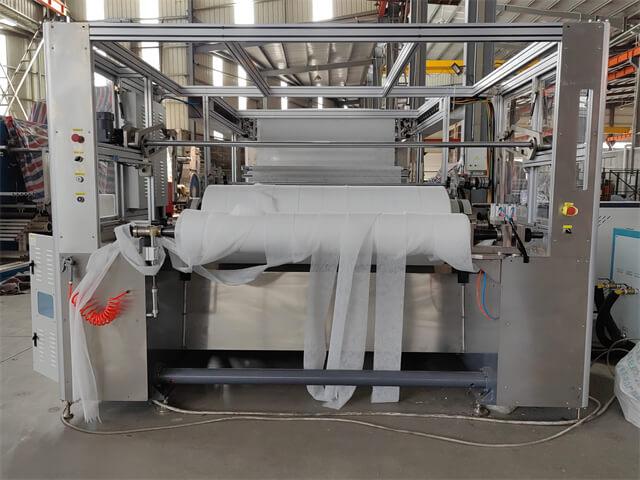
One of the essential maintenance practices for the non-woven lamination embossing machine is regular cleaning and lubrication. This includes removing any debris, dust, or adhesive residue from the rollers, belts, and other components. Additionally, lubricating the moving parts helps reduce friction and extends the machine's lifespan.
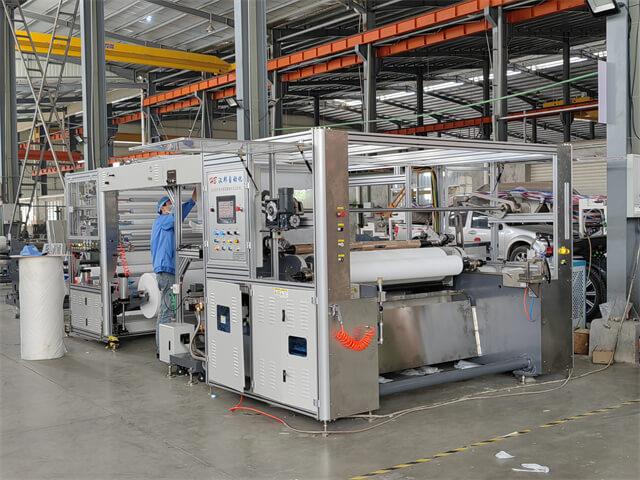
Regular inspection of the machine's spare parts is crucial to ensure its smooth functioning. Worn-out or damaged parts should be promptly replaced to avoid any potential breakdowns during production. This includes checking pressure rollers, heating elements, and embossing plates for any signs of wear or damage.
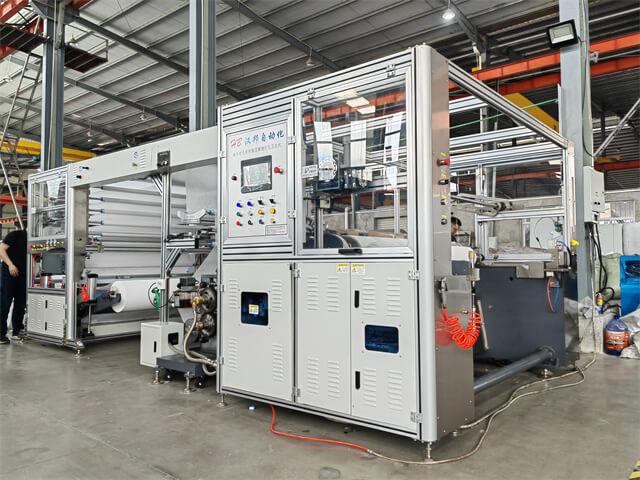
To maintain optimal performance, it is important to regularly align and calibrate the non-woven lamination embossing machine. Proper alignment ensures that the rollers and belts are in the correct position, reducing the risk of defects in the final products. Calibration ensures accurate embossing depth and pattern consistency.
Temperature and pressure control are critical factors in achieving high-quality lamination and embossing results. Regularly monitoring and adjusting these parameters ensure the desired product characteristics. It is important to ensure that the machine's heating elements and pressure rollers are functioning correctly.
Proper training of the machine operators is essential for its effective maintenance and care. Operators should be trained on how to operate the machine, troubleshoot common issues, and follow safety protocols. This includes understanding the emergency stop procedures and wearing appropriate personal protective equipment (PPE).
Establishing a regular maintenance schedule is crucial for the non-woven lamination embossing machine. This schedule should include routine inspections, cleaning, lubrication, and replacement of spare parts. Adhering to a maintenance plan helps prevent unexpected breakdowns and reduces downtime during production.
Maintaining accurate records and documentation is essential for tracking the machine's maintenance history. This includes documenting maintenance activities, repairs, and any modifications made to the machine. These records can help identify recurring issues, track performance trends, and inform future maintenance decisions.
Collaborating with equipment suppliers can provide valuable insights and support in maintaining and caring for the non-woven lamination embossing machine. Equipment suppliers can offer training programs, technical assistance, and access to spare parts. Building a strong relationship with suppliers ensures prompt support and efficient troubleshooting of any issues that may arise.
The maintenance and care of the non-woven lamination embossing machine are crucial for the smooth and efficient production of high-quality diapers and sanitary napkins. With regular cleaning, lubrication, inspection, and alignment, operators can ensure the machine's optimal performance. Adhering to temperature and pressure control, providing operator training, and maintaining proper documentation are also key practices in maintaining this essential equipment. By following these maintenance protocols and collaborating with equipment suppliers, the diaper and sanitary napkin industry can continue to meet the evolving needs of consumers.
